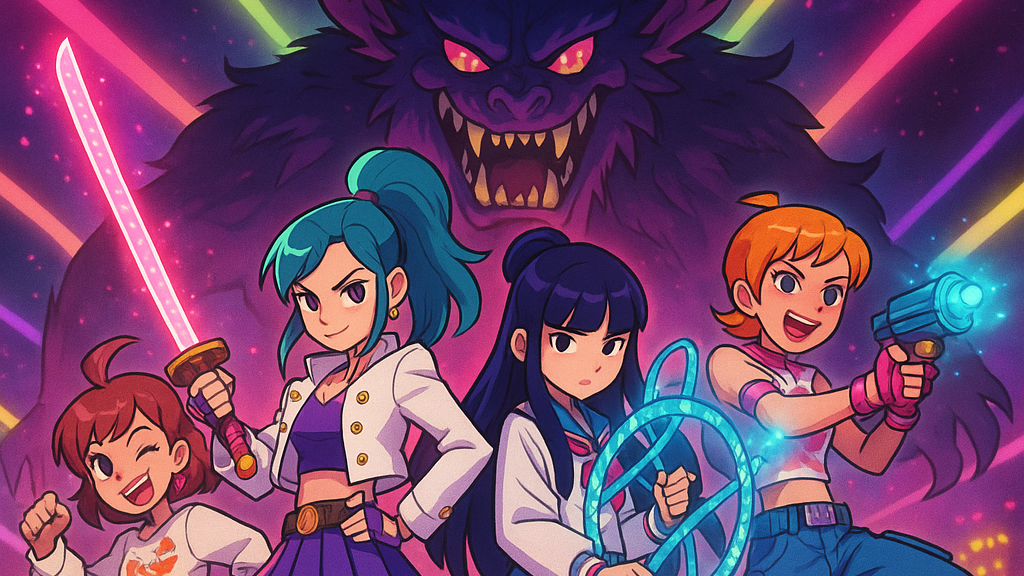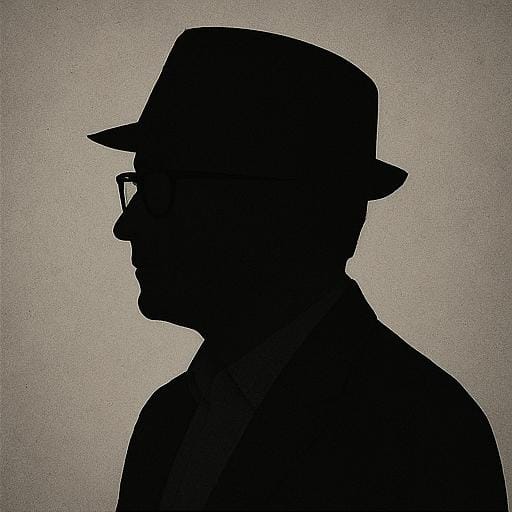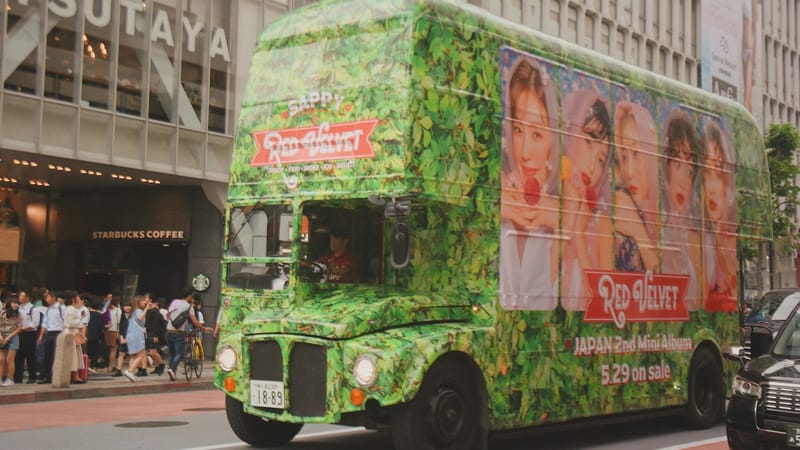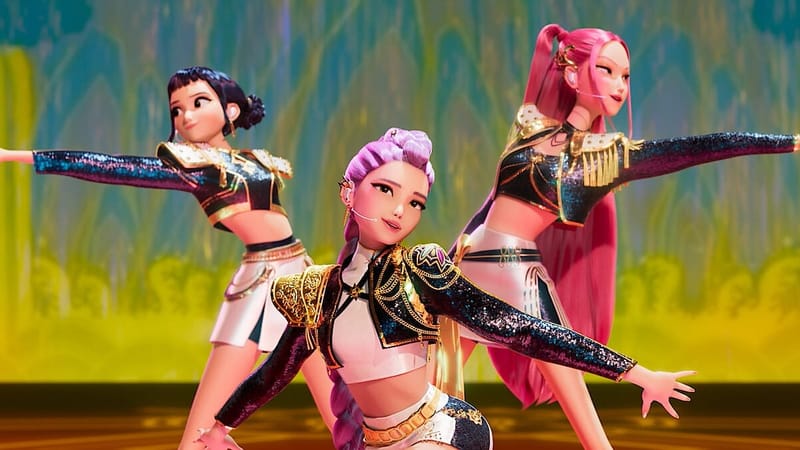Inside the Sonic Sorcery of KPop Demon Hunters: How Sound Designer Michael Babcock Turned Pop Beats into Battle Cries
For KPop Demon Hunters, every synth, sword clash, and vocal harmony had to sing in tune, not just with the music, but with the monsters. Sound designer Michael Babcock told The Verge how he built a world where pop idols and demons share a beat.

It’s not every day that a saxophonist ends up crafting the soundscape of a K-pop monster movie. But that’s exactly what happened when Michael Babcock, known for his work on Dune: Part Two and The First Omen, joined the creative team behind KPop Demon Hunters.
Now returning to cinemas for a limited run of sing-along screenings, the animated cult hit fuses pop stardom with demon-slaying, and Babcock’s sound design is the invisible glue that holds its surreal world together.
As The Verge reports, Babcock saw the project as “a niche idea on top of a niche idea”: a supernatural action musical powered by the precision-engineered energy of K-pop. Every layer of its sound — vocals, spells, sword clashes — needed to harmonise. “The music had to feed the sound design,” he explained. “The design had to feed the music and dialogue. It all had to be very cohesive.”
Where pop meets possession
Working from early storyboards by co-directors Maggie Kang and Chris Appelhans, Babcock started blending real-world audio textures into his sound palette.
He drew inspiration from artists like Billie Eilish and Imogen Heap, whose layered vocal treatments and atmospheric production informed how he approached the film’s “sonic vocabulary.”
The result is a soundscape where reverb, rhythm and resonance move in sync... as if every explosion and incantation is part of the score.
One of Babcock’s cleverest tricks involved using tuning forks to design the Huntr/x girls’ weapon sounds.
By manipulating and layering the tones, he created sword effects that shimmered in tune with the soundtrack’s tempo. “The magical sounds had to feel organic and music-based,” he said. “If they weren’t rhythmic, they’d pull you out of the moment.”
Harmony through chaos
K-pop itself became both the inspiration and the obstacle. With so much melody and percussion already in play, Babcock had to “sneak in” the sound design without muddying the mix.
That balancing act gave KPop Demon Hunters its signature cohesion: fight scenes pulse to the same beat as the choreography, while even the roar of a demon feels like part of the chorus.
And in true K-pop fashion, emotion drives every bar. “Every creative decision here was emotionally driven,” Babcock said. From the hum of enchanted traffic to the glimmer of a force field that sounds suspiciously like a timpani wrapped in wind chimes, the entire mix hums with feeling.
The sound of pure feeling
When fans return to theatres this weekend to belt along with the soundtrack, few will notice the dozens of audio layers hidden beneath the hooks. But that’s the point. The magic of KPop Demon Hunters isn’t just in its catchy choruses; it’s in how seamlessly its sonic world moves to the rhythm of its heart.
Or as Babcock puts it, “If you hear something that really speaks to you, that’s because we all agreed — yeah, this is the feeling we wanted.”





